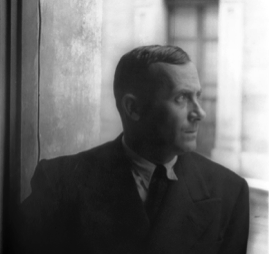Sign up for FlowVella
Sign up with FacebookAlready have an account? Sign in now
By registering you are agreeing to our
Terms of Service
Loading Flow

(1893-1983)
Born in Barcelona, Spain, in 1893, Joan Miró was the son of a goldsmith and a jewelry maker. Although he showed an early aptitude and passion for art, his parents discouraged him from pursuing it as a career. At the age of 14, Miró attended both business school and La Lonja’s School of Fine Arts in Barcelona. After three years of study, Joan Miró followed his parents’ wishes and took a job as an accountant. He worked for nearly two years before suffering a nervous breakdown. After Miró’s recovery, he abandoned his business career and committed himself to his art studies, enrolling at Francesco Gali’s Escola d’Art in Barcelona.

Joan Miró’s early work was heavily influenced by Fauvism and Cubism, as well as the folkloric Catalan art of his heritage. He held his first solo exhibition in 1918 at Jose Dalmau’s gallery in Barcelona. In 1920, Miró made his first trip to Paris, where he was introduced to Pablo Picasso, Andre Breton, and other emerging artists of the time. Joan Miró aligned himself with the Surrealist movement, led by Breton, but even though his future work was influenced by the tenets of Surrealism, he never fully accepted the movement’s creed and always remained on its periphery. Despite this, Breton was later quoted describing Miró as “the most Surrealist of us all.”
Miró ultimately developed his own unique style, rooted in memory, imaginative fantasy, and the irrational. Miró’s works are distinguished by the use of brilliant pure colors against flat neutral backgrounds. Abstract amoebic shapes are juxtaposed against sharp lines, creating visions that are often whimsical and ethereal. In contrast to his art, Miró’s personality was orderly, detail-oriented, and meticulous. Unlike many of his more bohemian contemporaries, he was known for attending gallery exhibition in dark business suits. Throughout his career, Joan Miró experimented with many media, including etchings, lithographs, ceramics, sculpture, and tapestries. In 1956, Miró settled in a villa in Palma de Majorca, Spain, which was later transformed into the Miró Museum. Joan Miró died December 25, 1983.
J O A N M I R Ó


